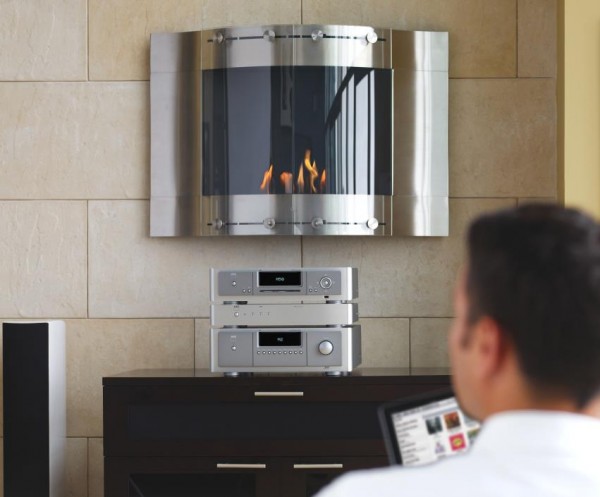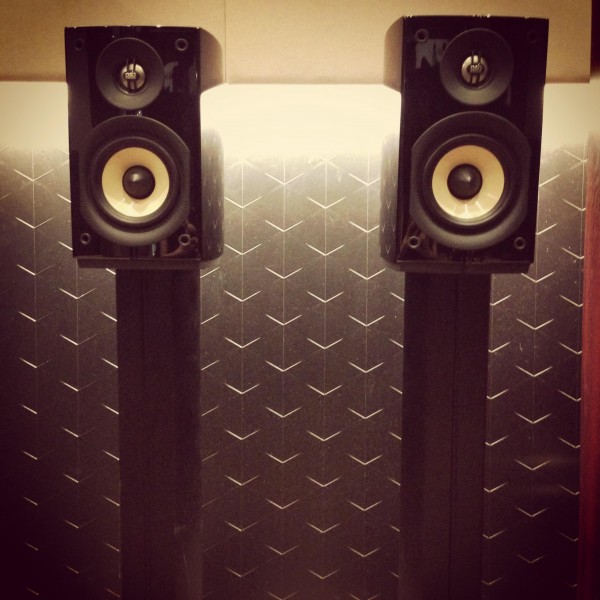
Brought to you by Lenbrook Asia
In the 1970s, high-end audio systems were a common sight in lifestyle magazines and bachelor pads.
Those systems have since been replaced by iPod docks and sound bars, thanks to the digital music revolution that makes millions of tunes available to music lovers on their mobile devices.
The hi-fi world needs to move on, you may say. After all, why does anyone need bulky wooden speakers and amplifiers that emit enough heat to warm your hands on a cold day, when a sound bar would work just as good?
To be sure, we’ve heard good sound bars from the likes of Bowers & Wilkins and Sonos, but there’s nothing quite like the audio experience that you would get from a good hi-fi system.
A good stereo system will bring out the finer details in your music, whether you are listening to a philharmonic orchestra or a jazz rendition. Contrary to what some folks may claim, you don’t need to have “golden ears” to hear the difference.
Your music tracks, of course, must contain those details in the first place. To reduce file sizes and aid online streaming, tunes encoded in MP3 and other compressed audio formats are devoid of details deemed unnecessary.
But as anyone who has heard a good hi-fi system would tell you, such tunes often sound hollow, lacking vocal and bass quality when played on a decent stereo system. That’s why many audiophiles have stuck to their CDs and vinyl records.
Modern hi-fi systems today can take on a variety of digital and analogue music sources. With compact designs and good sound quality at affordable prices, they are no longer confined to the inner circles of the audiophile community.
So, if you are looking to up your listening experience and discover what you’ve been missing out in your favourite tunes, read on.
Music source
To get the best experience out of a stereo system, start with the music source. That could be a CD player that spins CD quality music, or a NAS box containing tracks that have been ripped from a CD – we have a DIY guide on how to do that. You can also buy uncompressed DRM-free tracks from HDTracks.
Most CD players come with a built-in digital-to-analogue converter (DAC), which, as its name suggests, converts the digital bits on a CD into an analogue signal that can be fed into a stereo amplifier.
But if you want to take advantage of a better standalone DAC or a digital amplifier with a built-in DAC, ensure your CD player has digital coaxial or optical outputs.
Stereo amplifier
The stereo amplifier is where all the heavy lifting is done. It comprises a pre-amplifier and a power amplifier – both are also available as standalone components. The pre-amplifier amplifies analogue audio signals, and sends them to the power amplifier as output signals that are powerful enough to drive a speaker.
Stereo amplifiers with built-in DACs will take the additional step of converting digital inputs into analogue ones before passing them on to the preamplifier stage. You can also find an increasing number of standalone preamps with built-in DACs in the market.
In general, power amplifiers – and stereo amplifiers for that matter – tend to be heavy because of their electrical transformers that are required to convert the alternate currents from your power socket to direct currents that power your speakers.
Not all power amps are created equal, with Class A and Class D amps being the most common.
Class D amplifiers are more efficient and generate less heat compared with their Class A counterparts. But they also tend to suffer from higher levels of audio distortion compared with Class A amps, which are valued in high-end audiophile circles.
That said, the design of some Class D amps have improved significantly, offering more power in a lighter package while maintaining audio quality across a variety of speakers.
Next comes the power question: how much power do you need from an amp? Generally, a higher-powered amp will minimise distortion whenever there is a surge in volume.
Also, speakers with a lower impendence (or electrical resistance) will require more power since they draw more current.
Speakers
Choosing the right pair of speakers is one of the most important tasks in putting together a hi-fi system.
Bookshelf and stand-mounted speakers are perfect for bedrooms and small spaces, where chest-thumping bass is not required. These are usually two-way models that come with two drivers: a tweeter for producing high-frequency tones and a woofer for the lows.
The lack of a midrange driver in some bookshelf and stand-mounted speakers, however, does not always mean poor vocal reproduction. The PSB Alpha B1, for example, does just as well in handling undulating vocals.

Consider larger three-way floor standing speakers if you are setting up your stereo system in the living room. The larger towers will guarantee a larger sound stage, fuller bass and precise positioning of subtle details like a strike on a triangle during an orchestra performance.
Each speaker has its unique audio character, usually determined by the quality of its materials, enclosure design and the crossover circuit that sends audio frequencies to the right driver.
While all speaker manufacturers aspire to make all-rounders that can take on a variety of music, that is not often the case. Some speakers do better in vocals, while others may be stronger in instrumental pieces.
Like an orchestra, the components in a hi-fi system work in tandem to deliver an audio experience that resembles a live performance as much as possible.
Sometimes, picking the right mix of components can be a hit-and-miss affair. It often takes hours of listening with your favourite music in audio showrooms.
But once you hit the right notes, you will start tapping your toes and grooving to the beats like never before.
This article is brought to you by Lenbrook Asia.
Want more tips on picking the best headphones or hi-fi component to complete you system? Come by to Techgoondu’s first Listening Room readers event on December 14 to speak with us on our experiences buying and reviewing audio equipment. Sign up here.






Try a “blind” test and most people will not be able to tell the difference. 🙂
Really depends on the person. I can tell between good and very good audio. however between very good and excellent, I’m at a loss. My dad on the other had can tell the difference.